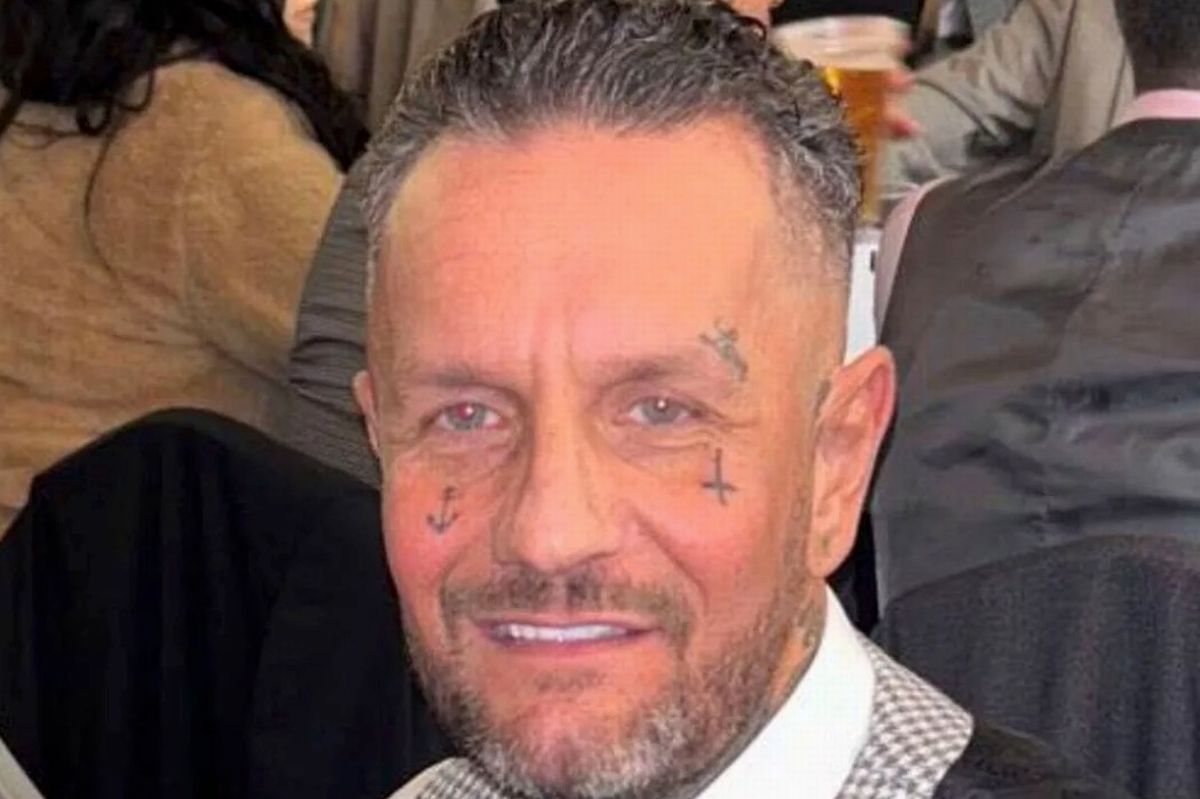Joseph McCabe, who runs his own construction firm and co-owns a party boat business, was jailed for 46 weeks on Friday at Edinburgh Sheriff Court after admitting four sexual offences
A former soldier who sexually assaulted four Jet2 cabin crew during a flight to Tenerife has been jailed.
Joseph McCabe groped and slapped the buttocks of two flight attendants before grabbing a third around the waist and attempting to hug a fourth. A court heard McCabe’s behaviour forced the plane, which had left Edinburgh, to be diverted to the Portuguese island of Porto Santo.
Police there arrested the 40-year-old man and, last month, he admitted the four sexual offences. McCabe, who was a private in the Royal Logistic Corps for five years, was jailed for 46 weeks on Friday at Edinburgh Sheriff Court.
The court heard McCabe made sexual comments to one woman about her tights and make up, asked her age and where she lived and ripped up a written warning he had been given for his drunken conduct. The former soldier also threw his bank card at an air employee and began dancing in the aisle on the plane in March last year.
READ MORE: Student rapist, 26, jailed after four-year spree of attacks on multiple womenREAD MORE: Woman sexually assaulted at busy city centre bus stop as cops release CCTV
The defendant, who now runs his own construction firm and co-owns a party boat business called The Drunken Anchor, has been handed a lifelong ban from flying with Jet2 and has refused to pay the £5,000 fine the airline had imposed on him.
Sentencing, Sheriff Alison Stirling said the offence had involved “a high level of culpability and a high level of harm”. McCabe, who has two children, was also placed on the sex offenders register for 10 years and was made subject to non-harassment orders banning him from having any contact with the victims for an indefinite period. Solicitor Anna Kocela, defending, said her client is a self-employed building boss and had been drinking excessively at the time of the flight due to a family bereavement.
Previously, prosecutor Miriam Farooq told the court the Jet2 flight took off from Edinburgh Airport bound for Tenerife with around 110 passengers on board at around 8.30am on March 15 last year, reports Daily Record.
Ms Farooq said the flight was packed with families and children and shortly after take off cabin crew had noticed McCabe “making multiple trips to the toilet”.
The fiscal depute said around 90 minutes into the flight a female flight attendant was serving a passenger when she “felt someone behind her touching her buttocks”.
The employee turned round to find McCabe was “looking at her with a smirk on his face” and had asked her “where she bought her tights because he liked them”.
McCabe, from Glasgow, was given a verbal warning on the flight and then ripped up a written warning given to him by the air crew for his shocking behaviour.

